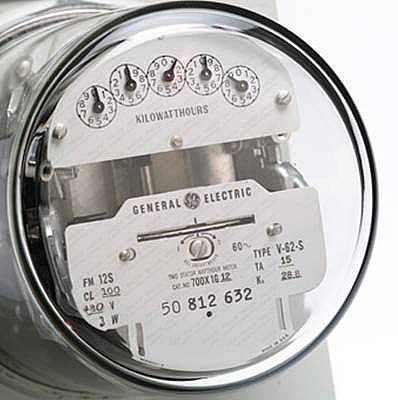Here is another letter that I recently received that asks some pertinent and common questions related operating a fixer upper house business, that I would like to share with you.
Dear Terry,
We’re moving along towards renting out our first rental house…and I was reading your month-to-month lease agreement from the Never Sell Your Home book– it looks very good and we plan on using much of it, but I did have a few questions:
1) What % of the monthly rent do you require as a security deposit?
2) Should the Lessee(s) be responsible for all utilities, or should I pay the utilities for them?
Thanks for your help – !
Steve Klausman
Santa Fe
Dear Steve,
Congrats on your progress in preparing to rent our your first house. Don’t get discouraged if it’s rough sledding at first, the first house is the one that you learn the most from.
Security Deposit
In answer to your first question, the amount that I charge for security deposit is the amount of one month’s rent. So if the monthly rent is $900, the security deposit is also $900.
Some tenants may have trouble coming up with both the rent and the security deposit at the same time, in this case, a tidy sum of $1,800. So, I sometimes let them pay the security deposit over the course of 2 months, to make it easier on them.
Since you are just starting in the business, something to do from the beginning is to keep the security deposit and the monthly rental money from your business in a separate bank account from your personal bank account. The IRS doesn’t like to see the funds mixed together.
Who Pays Utilities?
In answer to your second question. I always have the tenants pay all the utilities themselves. Not only does it encourage them to conserve, but it vastly simplifies the process for you. Also, I have the tenants put the utility accounts in their own name, so that I’m not liable for their expenses.
In most states, you can sign up for a “Landlord Agreement Account” with the utility companies that allows you to switch the accounts to the tenants and back, with less paperwork and expense.
As you move along feel free to send me more questions as they arise.
Your (self-appointed) personal rental-home consultant,
Terry






